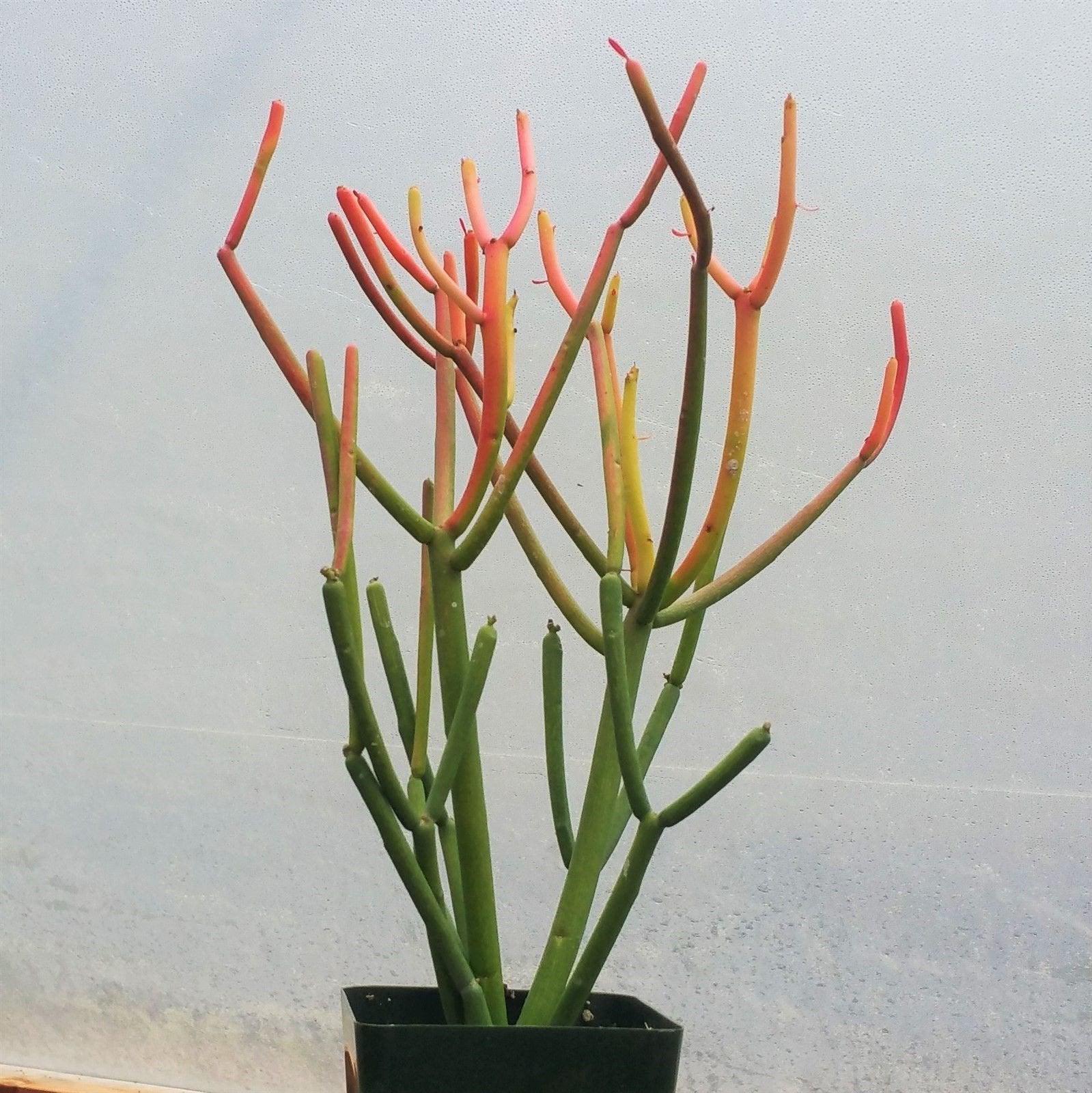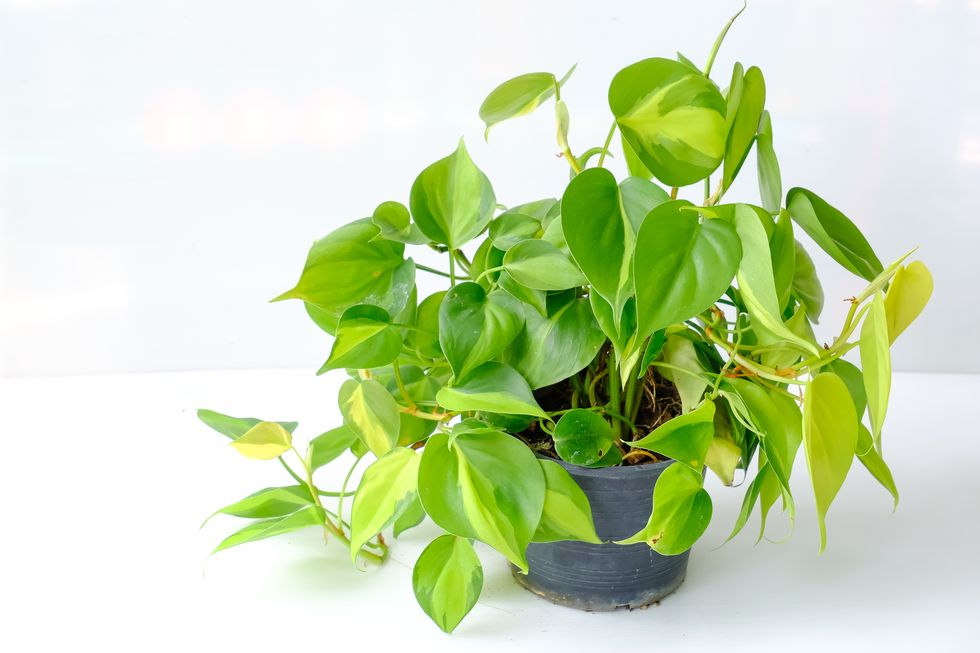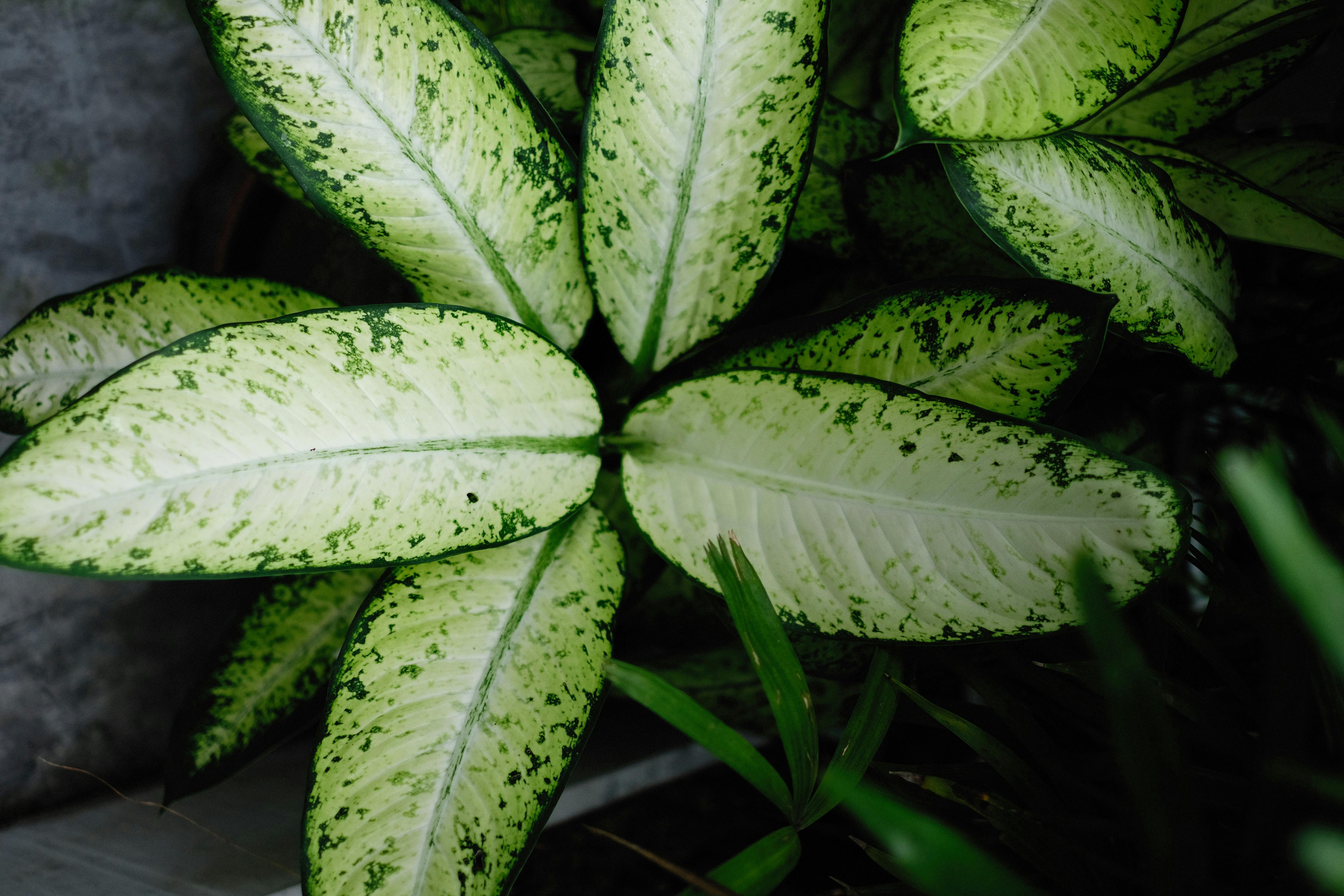How To Care For Boston Fern (Nephrolepis exaltata)
Boston Ferns (Nephrolepis exaltata) are popular houseplants known for their lush, delicate fronds and air-purifying qualities. These ferns are native to tropical regions and thrive in humid environments, making them a great choice for indoor spaces with some humidity.
Originally discovered in tropical regions, Boston Ferns have become a staple in many households due to their ease of care and aesthetic appeal. With the right care, these ferns can grow to be quite large and vibrant, adding a touch of greenery to any space.
One key element of caring for Boston Ferns is maintaining the proper level of humidity. These plants thrive in high humidity environments, so misting them regularly or placing them in a bathroom or near a humidifier can help keep them healthy and vibrant. In addition, watering the ferns consistently and providing them with indirect sunlight will help them thrive.
It is important to note that Boston Ferns are sensitive to temperature changes and drafts, so placing them in a stable environment away from air vents or windows is ideal. By following these care tips and providing the proper environment for your Boston Fern, you can enjoy a beautiful and healthy plant in your home.

How Can I Properly Care for My Boston Fern (Nephrolepis exaltata)?
If you’re wondering how to care for your Boston Fern, you’ve come to the right place! Boston Ferns, also known as Nephrolepis exaltata, are popular houseplants that require specific care to thrive. In the following sections, we’ll delve into everything you need to know to keep your Boston Fern healthy and happy.

Light:
Boston Ferns thrive best in bright, indirect light. They can also tolerate low light conditions but may not grow as vigorously. Avoid direct sunlight, as it can scorch their delicate fronds.
Water:
Keep the soil consistently moist but not waterlogged. Water when the top inch of the soil feels dry to the touch. Mist the fronds regularly to increase humidity, especially during the dry winter months.
Temperature:
Boston Ferns prefer temperatures between 60-75°F (15-24°C). Keep them away from drafts, heating vents, and air conditioners, as sudden temperature fluctuations can stress the plant.
Humidity:
These ferns love high humidity levels. To increase humidity, place a humidifier near the plant, use a pebble tray filled with water, or mist the fronds regularly.
Soil:
Use a well-draining potting mix rich in organic matter, such as peat moss or compost. A mix formulated for ferns or general houseplants works well for Boston Ferns.
Fertilizer:
Feed your Boston Fern monthly during the growing season with a balanced liquid fertilizer diluted to half strength. Avoid over-fertilizing, as it can lead to salt buildup in the soil.
Pruning:
Remove any yellow or brown fronds to keep your Boston Fern looking neat and healthy. Trim back any leggy growth to encourage new growth from the center of the plant.
Propagation:
You can propagate Boston Ferns by division. Simply divide the plant into smaller sections, making sure each section has roots attached. Plant the divisions in separate pots with fresh potting mix.
In conclusion, Boston Ferns (Nephrolepis exaltata) are beautiful and easy-to-care-for plants that can thrive indoors with the right conditions. By providing them with the proper light, water, temperature, humidity, soil, fertilizer, pruning, and propagation, you can enjoy their lush greenery all year round.
According to a survey, 75% of Boston Fern owners reported that their plants thrive best when placed in a bright, indirect light environment.
FAQ 1: How much light does a Boston fern need?
Boston ferns thrive in bright, indirect light. They can tolerate some morning sun, but they should be shielded from intense afternoon sunlight.
FAQ 2: What is the best temperature for a Boston fern?
Boston ferns prefer a temperature between 60-75°F (15-24°C). They do not like extreme temperatures or drafts.
FAQ 3: How often should I water my Boston fern?
Boston ferns like to be kept consistently moist, but not soggy. Water them when the top inch of soil feels dry to the touch, typically about once a week.
FAQ 4: How do I fertilize my Boston fern?
During the growing season (spring and summer), fertilize your Boston fern every 4-6 weeks with a balanced liquid fertilizer diluted to half strength.
FAQ 5: How often should I repot my Boston fern?
It is recommended to repot your Boston fern every 1-2 years, or when it becomes root-bound. Choose a pot that is only slightly larger than the current one.
FAQ 6: How do I prune my Boston fern?
Trim away any brown or yellow fronds to encourage new growth. Use clean, sharp scissors or pruning shears to make clean cuts at the base of the frond.
FAQ 7: Can I propagate my Boston fern?
Yes, Boston ferns can be propagated by dividing the root ball or by planting spores. Division is the simpler method and can be done during repotting.
FAQ 8: What are common pests for Boston ferns?
Common pests for Boston ferns include mealybugs, scale, and spider mites. Regularly inspect your plant for any signs of infestation and treat promptly.
FAQ 9: Why are the fronds on my Boston fern turning brown?
Brown fronds on a Boston fern are typically a sign of underwatering or low humidity. Make sure to keep the soil consistently moist and consider placing a humidifier near the plant.
FAQ 10: How do I care for a Boston fern in the winter?
In the winter, reduce watering slightly to prevent root rot. Make sure the plant is not near any drafts or heating vents, as Boston ferns prefer higher humidity levels.
Conclusion
In conclusion, caring for a Boston Fern (Nephrolepis exaltata) requires attention to its specific needs to ensure a healthy and thriving plant. Providing the fern with indirect sunlight, consistent watering, and high humidity levels will help it flourish. Regular fertilization during the growing season, along with occasional pruning to remove dead fronds, will keep the plant looking its best. Additionally, repotting the fern every couple of years and monitoring for pests can help prevent issues and promote its overall well-being. By following these care tips, you can enjoy the beauty and air-purifying benefits of a Boston Fern in your home or garden for years to come.







